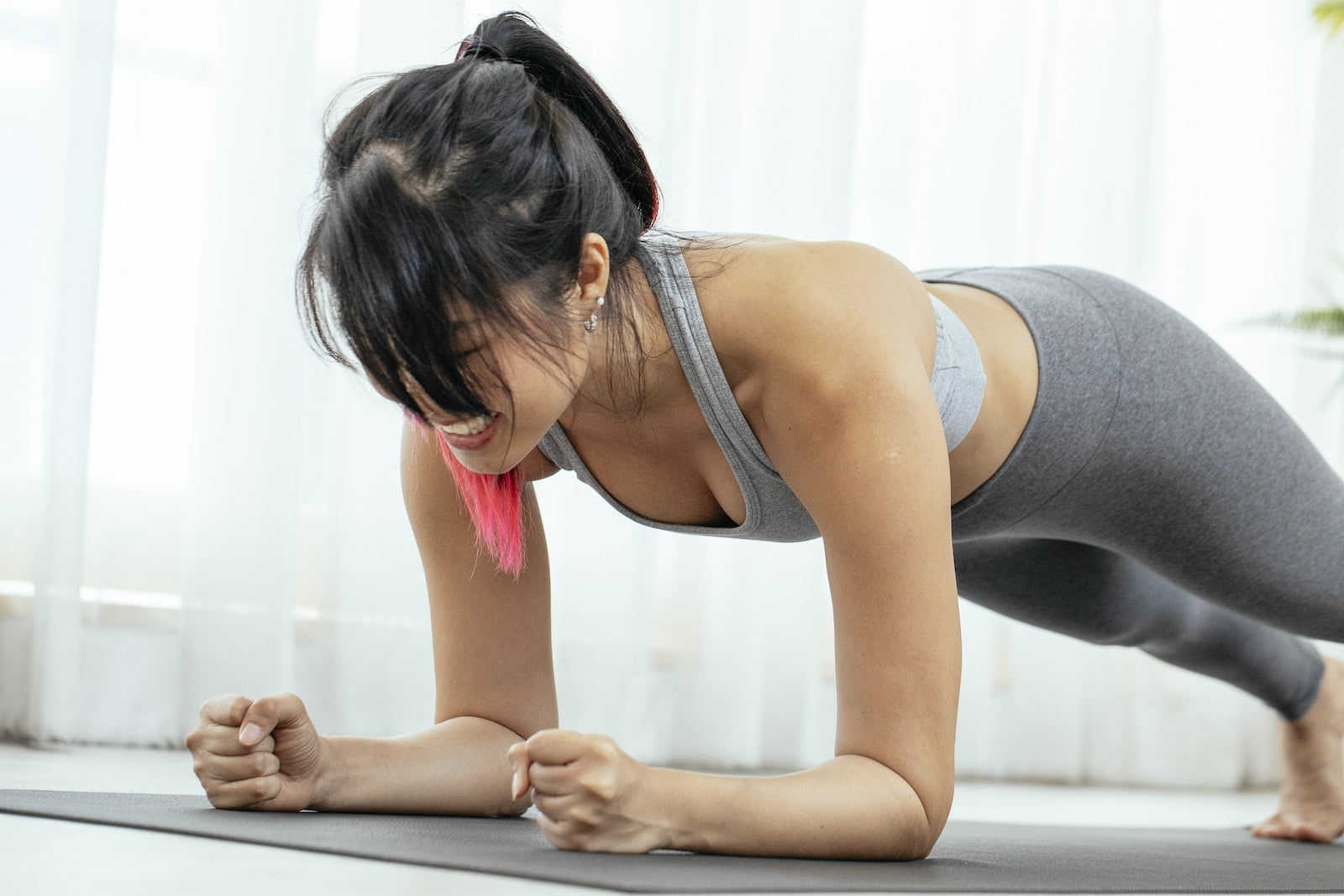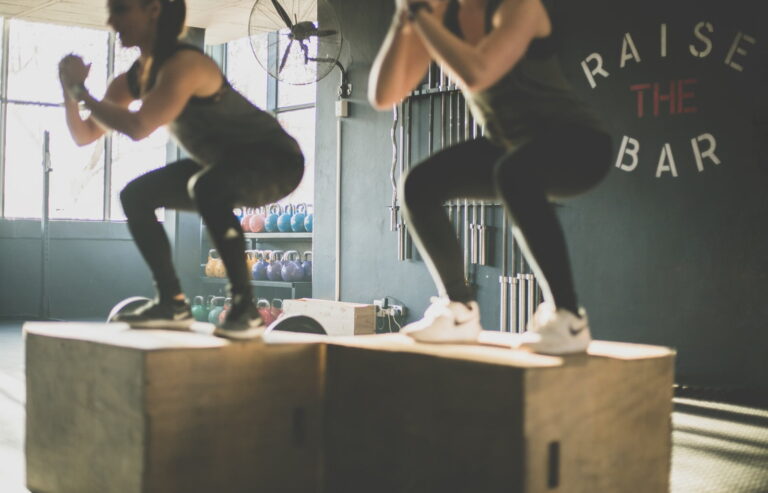In the fitness realm, the plank is often regarded as the go-to exercise for core strength development. It’s a full-body workout, targeting everything from your abs and obliques to your lower back and glutes. But what if you’re looking to elevate your core training? Enter the dynamic plank—a challenging variation that takes the traditional plank to a whole new level.
Table of Contents
What is the Dynamic Plank?
The dynamic plank isn’t just your average plank; it’s a high-intensity variation of the traditional static plank. While the static version involves holding a position for a set time, the dynamic plank incorporates movement, making your core work even harder.
How to Perform
Ready to get started? Here’s how to do effectively:
Plank with Knee Tucks
- Start in a high plank position.
- Draw one knee towards your chest.
- Extend it back out.
- Repeat with the other knee.
Plank with Shoulder Taps
- Begin in a high plank position.
- Lift one hand and tap the opposite shoulder.
- Place it back down.
- Repeat on the other side.
Remember, these are just starting points. Feel free to incorporate other dynamic movements to challenge your core further.

Why is the Dynamic Plank the Ultimate Core Challenge?
It takes the traditional plank exercise to a whole new level by adding movement and instability. This not only engages the core muscles more effectively but also activates additional muscle groups, resulting in a more comprehensive workout.
Increased Muscle Activation
When performing dynamic plank variations, you engage more muscles than with static planks. The added movement requires your core muscles to work harder to stabilize your body. This increased muscle activation leads to stronger and more defined abs, obliques, and lower back muscles.
Additionally, they engage the glutes, shoulders, and upper back muscles, providing a full-body workout experience. By targeting multiple muscle groups simultaneously, it to improve overall strength and stability.
Improved Functional Strength
Unlike traditional static planks that primarily focus on isometric strength, dynamic planks involve dynamic movements that mimic real-life activities. This makes it a functional exercise that translates into improved performance in daily activities and sports.
By challenging your core muscles in different planes of movement, they improves your ability to stabilize and control your body during dynamic movements. Whether you’re lifting heavy objects, playing sports, or simply going about your daily activities, a strong core is essential for maintaining proper form and preventing injuries.
Variety and Progression
It offers a wide range of variations and progressions to keep your core workouts challenging and exciting. Once you have mastered the basic plank with knee tucks and shoulder taps, you can progress to more advanced variations.
Some advanced variations include mountain climbers, plank jacks, plank walks, and plank rotations. These exercises incorporate dynamic movements that challenge your core strength, stability, and coordination.
By continually progressing and adding variety to your core workouts, you can prevent plateaus and keep challenging your core muscles to adapt and grow stronger.
Conclusion
It is more than just a core exercise; it’s a full-body workout that challenges your strength, stability, and endurance. So why settle for the static plank when you can take your core training to the next level?
FAQs
How long should I hold the dynamic plank?
The duration will depend on your fitness level and goals. It is recommended to start with shorter intervals, such as 30 seconds, and gradually increase the duration as you get stronger. Aim for quality over quantity, focusing on maintaining proper form and engaging your core muscles throughout the movement.
Can beginners perform the dynamic plank?
Yes, beginners can incorporate them into their core workouts. It is important to start with basic variations and focus on maintaining proper form and control. As your core strength improves, you can gradually progress to more advanced variations.
How often should I do dynamic planks?
The frequency will depend on your overall fitness routine and goals. It is recommended to include core exercises, including dynamic planks, in your workouts 2-3 times a week. Allow your muscles time to recover between workouts to prevent overuse injuries.
Can dynamic planks help with weight loss?
While dynamic planks can contribute to overall weight loss by increasing calorie burn and muscle activation, they should be combined with a balanced diet and a comprehensive exercise program for best results. Incorporating cardio exercises and strength training into your routine can help create a calorie deficit and promote weight loss.
Can I modify dynamic planks if I have weak wrists?
If you have weak wrists or experience discomfort during plank exercises, you can modify the dynamic plank by performing the exercises on your forearms instead of your hands. This modification reduces stress on the wrists while still engaging the core muscles effectively.


